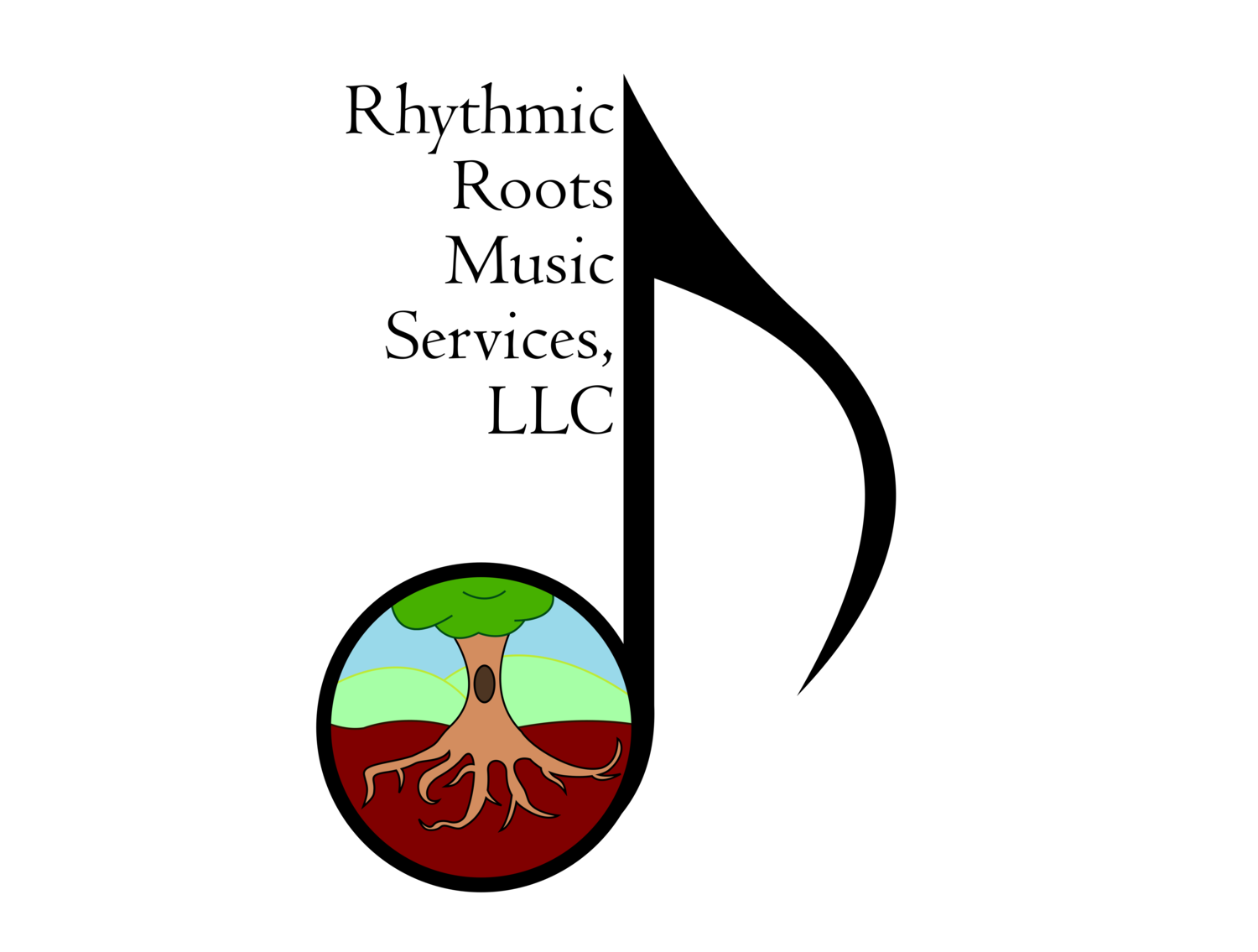Benefits of Drumming
In my last episode of Community Coffee Time, I discussed the benefits of drumming. I have been drumming for most of my life and have enjoyed playing with my friends in social communities. There are so many benefits of drumming that target a variety of musical and nonmusical domains.
Here are some of the benefits of drumming:
Drumming is accessible.
To make a sound on a percussion instrument, one usually strikes the instrument with their hand or a stick or a mallet. Professional percussionists spend years practicing and improving their craft, but the initial hitting of a drum creates accessibility of musical experiences for many individuals. Furthermore, sticks and mallets or the set-up of drums and percussion instruments can be adapted to create even more accessibility in creating sounds and music with drums for individuals to interact and participate in live or listening music experiences.
Synchronizing to an external steady beat despite neurological differences has also been shown in studies as another door of accessibility for individuals (LaGasse & Hardy, 2013). It is exciting that despite neurological differences that individuals still have the ability to synchronize to an external beat- something that can be utilized during drumming.
Drumming is social.
Drumming is social both in the nature of making music with others and in its accessibility. Synchronization has also led to improvement of prosocial behaviors (Kokal et. al, 2011). In one study, participants learned a rhythm, and then a tester would play either in synch or out of synch with the participant. When, the tester played in synch with the participant, the participant picked up more pencils that the tester would drop. Playing a steady beat with someone else builds positive social connections and is accessible despite neurological differences.
Drumming is a sensory experience.
Drumming is a multisensory experience. When one plays the drums, they are receiving auditory input, proprioceptive input (feeling your body in space), and tactile input. Many students learn in different ways, and drumming can provide different mediums through auditory, kinesthetic, and visual learning. Furthermore, students sometimes need more sensory input for sensory regulation. Drumming provides a rich sensory environment for students who benefit from more sensory input.
Drumming improves motor abilities and promotes neuroplasticity.
Rhythmic cues have been found to improve functional brain connectivity and social communication (Sharda et al., 2018). Rhythmic cueing is when motor movements are paired with external rhythmic cues, sometimes with a steady beat. Drumming not only can be used to target motor goals in music therapy but also meets sensorimotor needs which in turn can help improve other goals such as communication and socialization. Rhythmic cueing also promotes positive changes in the brain in motor and other domains: “Short periods of engagement with rhythmic cueing can drive cortical plasticity, promoting structural and functional connectivity changes in the brain (LaGasse & Hardy, 2013).”
Drumming provides structure.
Drumming not only can provide a consistent extra-curricular activity to look forward towards but provides structures. Rhythm provides structure and reality orientation by organizing music in specific time for students to follow when they play. Other aspects, such as rudiments, exercises, and songs, also provide structure by having a beginning and an end and certain forms of repeating sections that also help organize the music. This organization is crucial for students who thrive in structured environments.
Drumming has been shown to improve mental health.
Group drumming has been shown to improve mental health, decreasing anxiety and depression and improving social resilience (Fancourt et al., 2016).
Check out the episode of Community Coffee Time below that also discusses these benefits.
Overall, drumming is an accessible, social, and beneficial activity that can target several musical and nonmusical goals.
Want to get your own drum or drum sticks?
Frame drum: https://amzn.to/2XmRAav
Vic Firth 5A drumsticks: https://amzn.to/3j2WL7T
Vic Firth SD1 drumsticks: https://amzn.to/2SW2AsY
Bucket (for drumming): https://amzn.to/341b4W2
Practice pad: https://amzn.to/2SXvd8R
Bongos: https://amzn.to/31iOE0Z
As an Amazon Associate I earn from qualifying purchases above. Thanks for your support!
References
Fancourt, D., Perkins, R., Ascenso, S., Carvalho, L. A., Steptoe, A., & Williamon, A. (2016). Effects of group drumming interventions on anxiety, depression, social resilience and inflammatory immune response among mental health service users. PloS one, 11(3), e0151136.
Kokal, I., Engel, A., Kirschner, S., & Keysers, C. (2011). Synchronized drumming enhances activity in the caudate and facilitates prosocial commitment-if the rhythm comes easily. PloS one, 6(11), e27272.
LaGasse, A. B., & Hardy, M. W. (2013). Rhythm, movement, and autism: using rhythmic rehabilitation research as a model for autism. Frontiers in integrative neuroscience, 7, 19.
Sharda, M., Tuerk, C., Chowdhury, R., Jamey, K., Foster, N., Custo-Blanch, M., ... & Hyde, K. (2018). Music improves social communication and auditory–motor connectivity in children with autism. Translational psychiatry, 8(1), 1-13.

